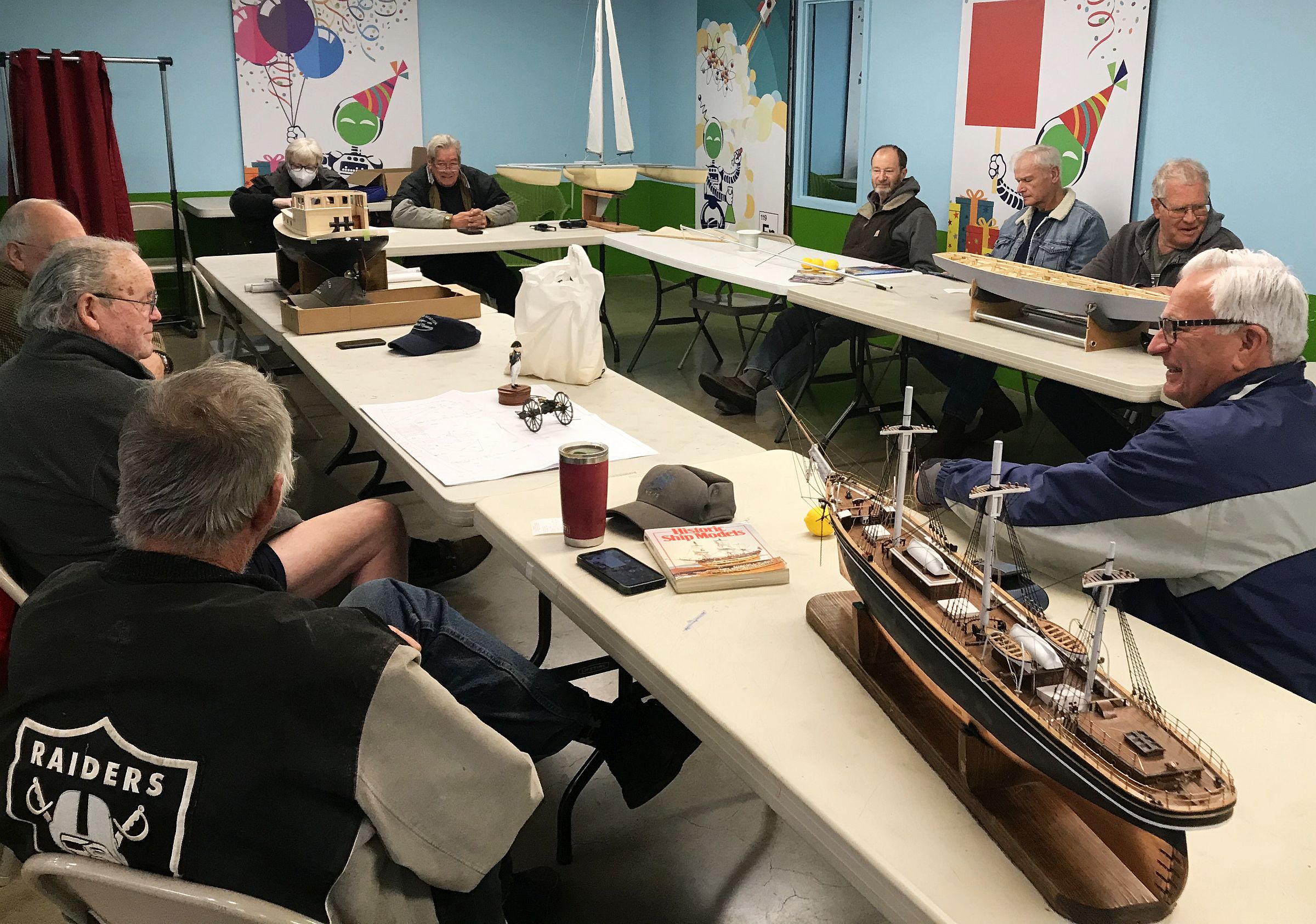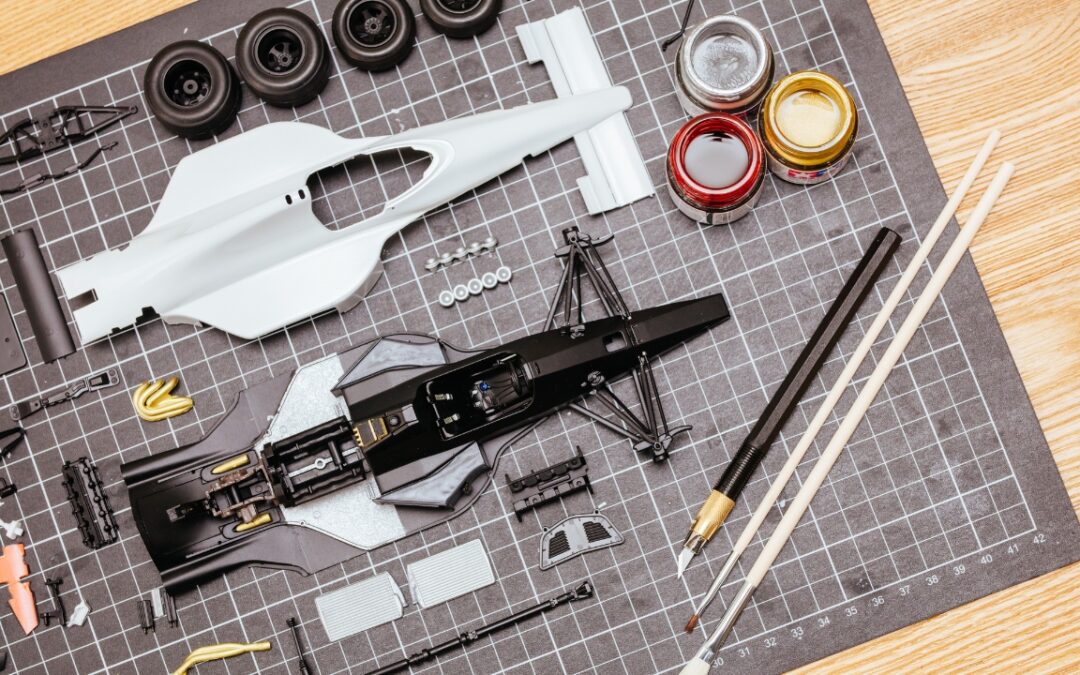Welcome to the fascinating world of model building! At Fundemonium, we are passionate about helping beginners discover the joy and satisfaction that comes from creating detailed, miniature replicas of everything from cars and airplanes to ships and spacecraft. Whether you’re looking for a relaxing hobby or a challenging project to dive into, model building offers something for everyone. Join us as we explore some essential tips for getting started on your model building journey.

The Appeal of Model Building
Model building has a timeless appeal, captivating hobbyists of all ages. Many model builders say the hobby provides a great sense of accomplishment or appreciate the stress relief it offers. Creating a miniature version of something you love can be incredibly rewarding, and it’s a fantastic way to develop patience, attention to detail, and problem-solving skills.
Choosing Your First Model Kit
Selecting your first model kit is an exciting step. It’s essential to pick a project that matches your interests and skill level. Here are a few tips to help you choose the right kit:
Start Simple
As a beginner, it’s best to start with a simpler kit. Look for models labeled as “beginner” or “skill level 1.” These kits typically have fewer parts and straightforward instructions, making them an excellent introduction to the hobby. Building a simple model will help you get a feel for the process and build confidence for more complex projects. Skill levels typically aren’t age-related. You might have a ten-year-old who can assemble some of the most complex kits with ease, but an adult new to the hobby may want to start with a beginner kit.
Starting with a model kit rated as skill level 1 or beginner will help you get a feel of building a model without worrying about learning multiple skills at once. For example, these models almost always have snap-together parts, so no glue is required. They’re also typically precolored, which means you don’t need to paint them. Other kits do require the use of glue and paint. At skill level 5, you’ll find model kits with hundreds of pieces, some of which may even be made from resin or special metal instead of plastic.
Note that this isn’t always the case. For example, the Gundam model kits made by Bandai are precolored and snap together, but they also often have hundreds of parts, some of which are made from other materials or are very small. Most model kit makers do follow the typical skill level system, but some may not. Be sure to ask one of the Fundamonium team if you have any questions!
Pick a Subject You Love
Choose a model that excites you. Whether you’re fascinated by classic cars, military aircraft, or futuristic spaceships, there’s a model kit out there that will spark your interest. Working on a subject you’re passionate about will keep you motivated and make the building process more enjoyable.
Consider the Scale
Model kits come in various scales, which refer to the size ratio between the model and the real thing. Scale ratio is made up of two numbers separated by a colon. The first number is the inches on the model, while the second is inches on the real object. On a common 1:24 scale, which is often used for model cars, one inch is equal to 24 inches (or two feet) on a real car. Other common scales include 1:48 for aircraft and 1:700 for ships. As a beginner, you might find it easier to work with larger scales because the parts are bigger and easier to handle.

Gathering Essential Tools and Supplies
Once you’ve chosen your model kit, it’s time to gather the necessary tools and supplies. Having the right equipment will make your building experience smoother and more enjoyable.
Basic Tools
Here are some essential tools every beginner should have:
- Sprue Nippers: As the name suggests, these are a special scissor-like tool for cutting parts from sprues.
- Hobby Knife: A sharp hobby knife is crucial for trimming excess plastic.
- Tweezers: Tweezers are perfect for handling small parts and applying decals.
- Sandpaper or Files: These will help you smooth out rough edges and seams.
- Glue: Use model glue or cement designed specifically for plastic models. Be sure to choose the right type for your kit.
- Paints and Brushes: If your model requires painting, select the appropriate paints and brushes. Acrylic paints are user-friendly and clean up easily with water.
Optional Tools
As you become more experienced, you might want to expand your toolkit with items like masking tape and airbrushes. These tools can enhance the quality of your builds and open up new creative possibilities.
Tips for a Successful Build
Now that you have your model kit and tools ready, let’s dive into some tips for a successful build:
Read the Instructions Carefully
Before you start, take the time to read through the instructions thoroughly. Familiarize yourself with the steps and the parts required for each stage. This will help you avoid mistakes and ensure a smoother building process.
Take Your Time
Model building is a hobby that rewards patience and attention to detail. Don’t rush through the process. Take your time to carefully trim, sand, and fit each part. Enjoy the journey as much as the finished product.
Dry Fit Before Gluing
Always dry fit parts before applying glue. This means assembling the pieces without glue to ensure they fit together correctly. This step can save you from making mistakes and allows you to make adjustments as needed.
Paint in Sub-Assemblies
If your model requires painting, consider painting in sub-assemblies rather than waiting until the end. This technique makes it easier to reach all areas and achieve a clean, professional finish. For example, you might paint the interior of a car or cockpit of an aircraft before assembling the outer shell.
Apply Decals with Care
Decals add the finishing touches to your model, giving it a realistic appearance. To apply decals smoothly, use tweezers to handle them and a small brush to position them. A decal setting solution can help the decals conform to the surface and adhere better.
Joining the Model Building Community
One of the most rewarding aspects of model building is becoming part of a vibrant and supportive community. There are numerous online forums, social media groups, and local clubs where you can share your progress, ask for advice, and learn from experienced builders. At Fundemonium, we regularly host model club meetings, model building events and workshops where you can meet fellow enthusiasts and enhance your skills.

Enjoy the Journey
Embarking on your model building journey is an exciting adventure filled with creativity and learning. Remember, the most important part is to enjoy the process and take pride in your work, no matter the outcome. With patience, practice, and the right resources, you’ll soon find yourself creating stunning models that you can be proud of.
So, gather your tools, pick your first kit, and let’s get building! Happy modeling from all of us at Fundemonium.

